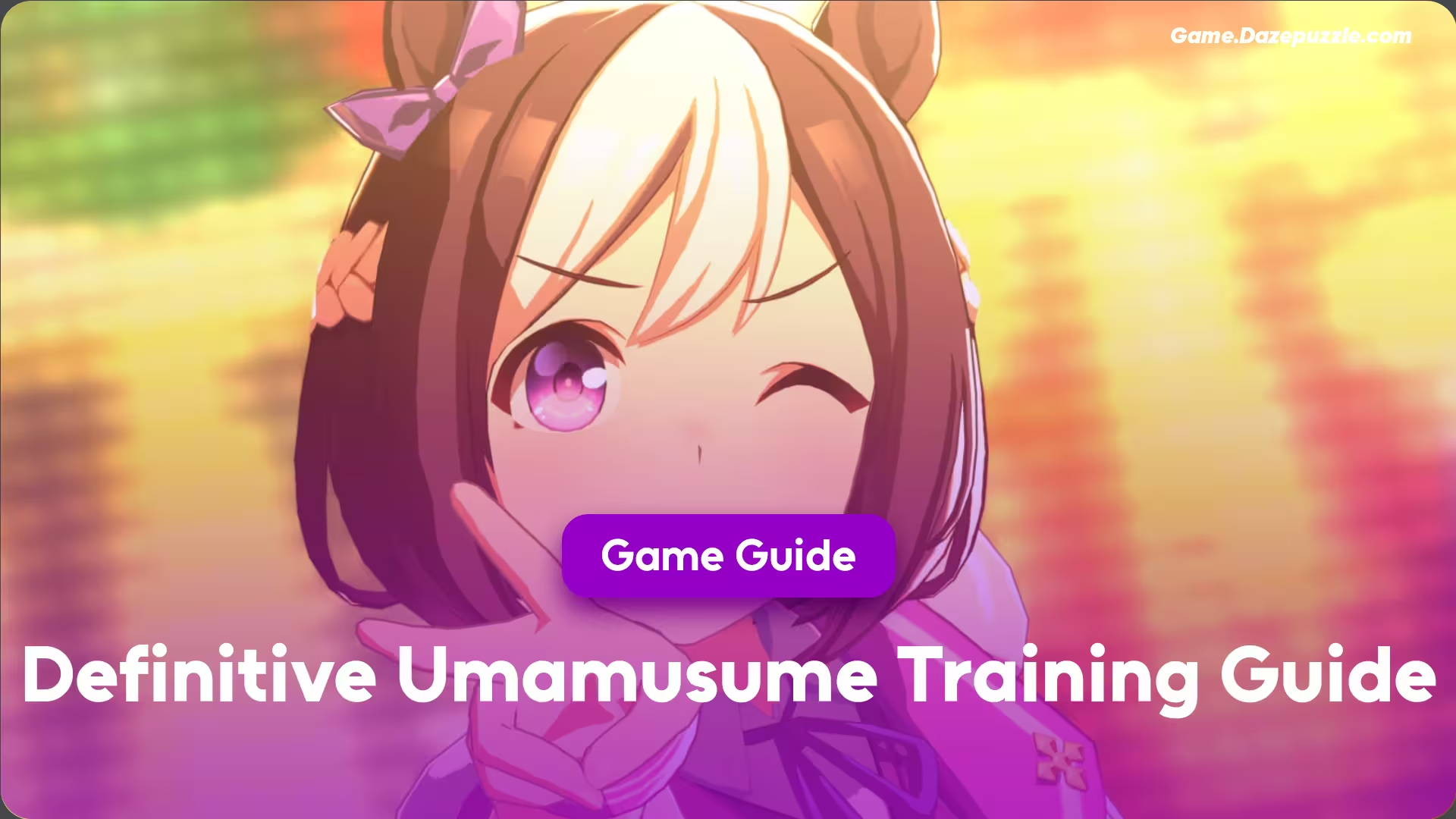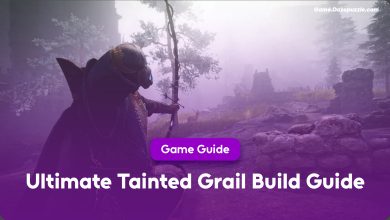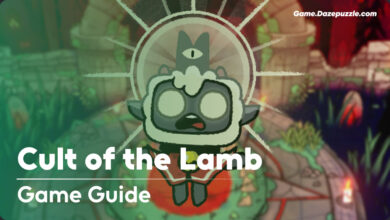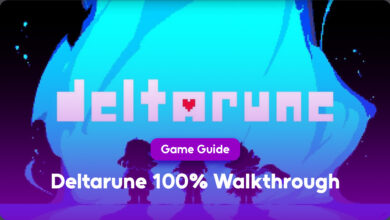Stepping into Tracen Academy can feel like being thrown into the deep end. One moment, you’re charmed by the vibrant horse girls, each an embodiment of a real Japanese racing legend, and the next, you’re staring at a screen of complex stats, intricate skill trees, and a training system that seems to have a mind of its own. You finish your first few training runs with results that are… less than stellar. It’s a common story, and it’s precisely where the true journey begins. This isn’t just another gacha game with a linear path to power; it’s a deep, strategic “rogue-like breeding simulator” where every failure is a stepping stone and every success is earned through knowledge and planning.
This comprehensive Umamusume training guide is your roadmap from a confused newcomer to a confident, title winning trainer. We’re going to break down every core mechanic, from the absolute basics to the advanced, meta defining strategies that top players use. Forget the frustration of failed runs. By the end of this guide, you’ll understand the game’s fundamental cycle Breed, Race, Inherit, Repeat and exactly how to engineer a champion capable of entering the Hall of Fame.
What Is in Our Definitive Umamusume Training Guide
The Fundamentals: Mastering Your Three Year Journey
Every training run in Umamusume is a self contained, three year journey that spans about 70 turns. It begins in the Junior year, progresses through the Classic year, and culminates in the Senior year with the URA Finals. How you manage these 70 turns is the single most important factor for success. Every decision matters.
Your Core Actions: What to Do Each Turn
On any given turn, you must choose one of five main actions. Understanding what each one does and what it costs is the foundation of resource management in the game.
Training
This is your primary method for boosting your Umamusume’s five key stats: Speed, Stamina, Power, Guts, and Wit. Every training session consumes a portion of your Umamusume’s energy.
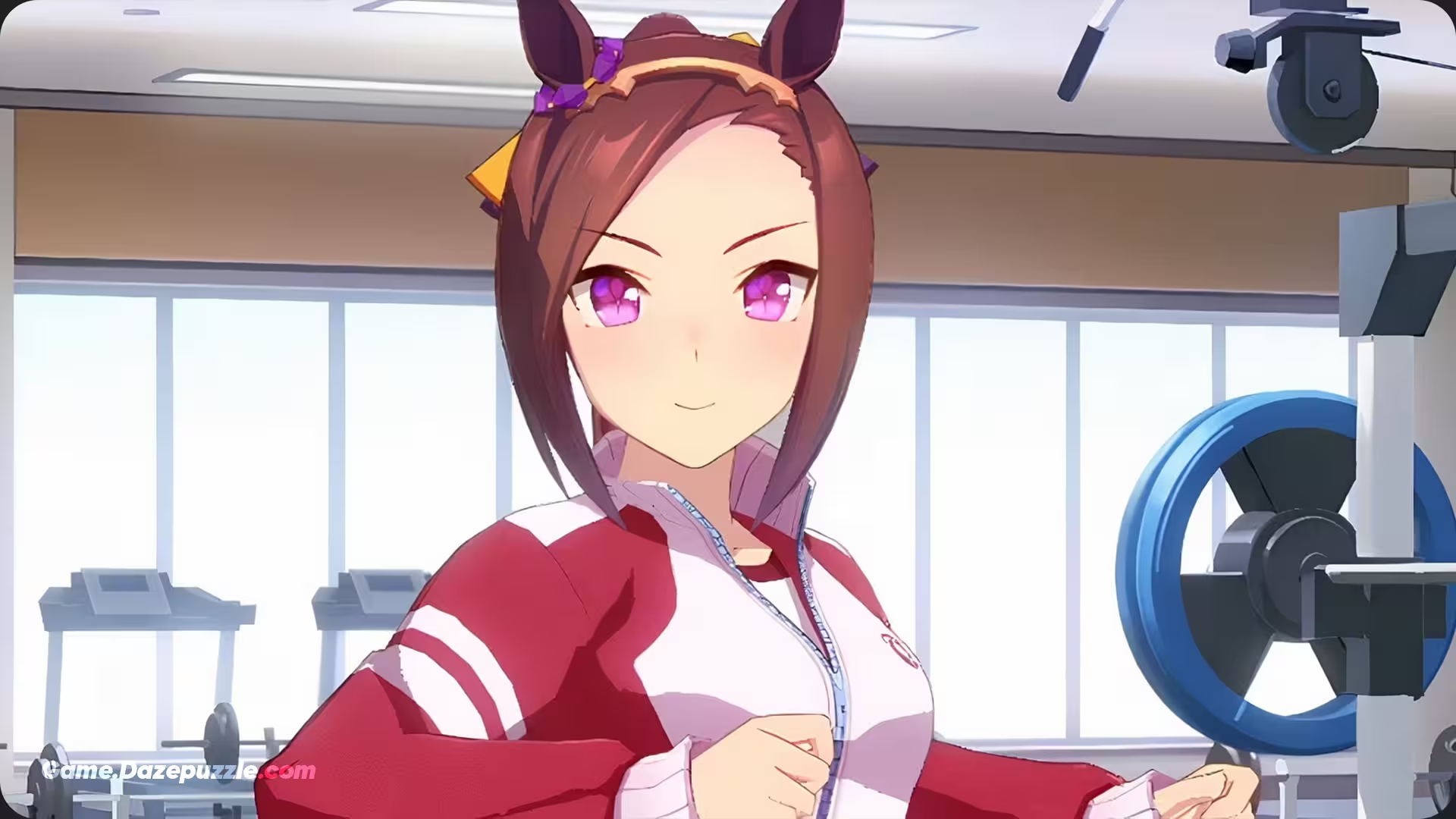
Resting
This action recovers lost energy. However, professional trainers view this as a “wasted turn” because it provides no direct stat or skill gains. The goal is to minimize rests as much as possible, as it also carries the risk of inflicting a negative condition.
Going Out (Recreation)
This is the main way to improve your girl’s Motivation, also known as her Mood. Keeping this high is absolutely critical for training efficiency.
Infirmary
If your Umamusume picks up a negative condition like “Sleeplessness” or “Dry Skin,” a trip to the infirmary will cure it, preventing performance drops and training interruptions.
Races
Competing in optional races earns you Fans, Skill Points (SP) needed to learn new abilities, and minor stat boosts. These are essential for meeting Fan goals required to upgrade unique skills.
The Two Resources That Matter Most: Energy and Motivation
Your success in any given run hinges on carefully managing two critical resources: Energy and Motivation. The energy bar at the top of the screen represents your Umamusume’s readiness to train. Training with low energy dramatically increases the risk of a failure, which not only gives you zero stats but can also decrease them and inflict negative conditions.
The advanced strategy is to avoid the “Rest” button by using Support Card events or “Wit” training. Wit training is special because, unlike other training types, it actually recovers a small amount of energy, making it a fantastic strategic choice when you’re running low but don’t want to waste a full turn.
Motivation, represented by the emoji next to the energy bar, directly impacts your training results and race performance. The difference in training gains between a “Terrible” mood and an “Excellent” mood is a massive 40% gap. This means you should never let your girl’s motivation stay low for long. While “Going Out” is the direct way to fix it, it costs a turn. Efficient trainers often rely on Support Card events to manage motivation without losing a training opportunity.
| Motivation Level | Effect on Base Stats in Race | Effect on Stat Gains in Training |
| Excellent (絶好調) | +4% | +20% |
| Good (好調) | +2% | +10% |
| Normal (普通) | 0% | 0% |
| Bad (不調) | -2% | -10% |
| Terrible (絶不調) | -4% | -20% |
Your First Champion: A Guide to Raising Sakura Bakushin O
For new players, the game’s complexity can be overwhelming. That’s why your first goal should be to train Sakura Bakushin O. She is the perfect starter for several reasons:
- Simple Goals: Her entire career focuses almost exclusively on Sprint (short distance) races, which allows you to focus your strategy.
- Clear Stat Needs: As a sprinter, she only really needs two stats: Speed and Power. You can largely ignore Stamina and Guts, which simplifies your training decisions immensely.
- High Win Rate: Her specialization makes winning her early races much easier, helping you learn the game’s mechanics and gather resources without frustration.

By starting with Bakushin O, you can master the fundamentals of managing turns, energy, and motivation, building a solid foundation for all your future training endeavors.
Understanding the Stats: The Five Dimensions of a Champion
At the heart of Umamusume are five core stats that define a horse girl’s performance. New players often make the mistake of only focusing on Speed, but the system is far more interconnected. Understanding how they work together is the difference between an accidental win and an engineered champion.
| Stat | Primary Function | Strategic Explanation |
| Speed | Determines the absolute top speed, especially during the final stretch of the race (Last Spurt). | This is the most important stat for winning. You can’t win without it, but high Speed alone isn’t enough. It should almost always be your highest priority in most builds. |
| Stamina | Acts like an invisible health bar, determining how long an Umamusume can maintain her top speed. | Crucial for medium and long distance races. If Stamina runs out before the finish line, speed plummets dramatically. |
| Power | Governs acceleration, the ability to overtake others, and performance on hills and Dirt tracks. | Power allows you to reach your top speed faster and navigate through a crowded pack of runners. It’s especially vital for sprinters and dirt specialists. |
| Guts | Acts as a secondary energy source, reducing Stamina drain in the final stretch and boosting performance in head to head clashes. | This is a complex stat that helps you maintain speed when your main Stamina bar is empty. Its importance increased in later game updates. |
| Wit/Intelligence | Affects skill activation rate, positioning, and helps conserve Stamina by avoiding bad situations (like getting boxed in or becoming overeager). | Think of Wit as your Umamusume’s operating system. It ensures all your other stats are used effectively, preventing wasted Stamina and making sure your key skills fire when you need them most. |
These stats work in a chain of dependency: Wit ensures efficiency, Stamina lets you use your potential, Power helps you reach that potential, and Speed is the final result. Guts acts as a backup system for Stamina.
Growth Bonuses and Aptitudes
Each character has built-in growth bonuses for two specific stats, which should heavily influence your training focus. Furthermore, Aptitudes, rated from S to G, act as powerful multipliers. Upgrading a key Distance Aptitude from A to S, for example, will significantly boost your Speed in those races. The main goal of the inheritance system is often to upgrade these aptitudes to S rank.
| Recommended URA Finals Stats | Speed | Stamina | Power | Guts | Wit |
| Short | 1000+ | 400 | 400-1000 | 300 | 400+ |
| Mile | 900+ | 600 | 400-1000 | 300 | 400+ |
| Medium | 800+ | 800 | 400-1000 | 300 | 400+ |
| Long | 800+ | 1000+ | 400-1000 | 300 | 400+ |
A key tip: If you can’t reach the required Stamina stat, you can compensate by learning Stamina Recovery Skills.
The Power Behind the Throne: Mastering Support Cards
Here is a fundamental truth of Umamusume that every new player must understand: Support Cards are more important than the trainable characters themselves. While the character you choose determines the ultimate potential, the Support Cards are the engine that makes reaching that potential possible. They are your coaching staff, your teammates, and your entire support system, bundled into a deck of six cards. Investing your early resources in the Support Card gacha is the smartest long term decision you can make.
Building Your First Deck
For beginners, a simple and effective “cookie cutter” deck build works for most characters. This composition provides a balanced approach to training:
- 3-4 Speed Cards: Speed is king, and these cards form the core of your deck.
- 1-2 Stamina/Power Cards: Choose based on your Umamusume’s specialty. Go for Stamina for longer distances and Power for shorter ones.
- 1 Wit or Friend Card: Wit cards help with stability and skill activation, while Friend cards provide incredibly efficient events for managing energy and motivation.

The Friendship Gauge and Rainbow Training
The most important mechanic tied to Support Cards is the Friendship Gauge. Every time you train with a Support Card present in that training, its friendship gauge increases. Your primary goal in the first (Junior) year is to get the gauges of your key cards into the orange zone (80% or higher).
When a card’s friendship is in the orange, it can trigger a Rainbow Training event. This happens when that card appears in a training session that matches its type (e.g., a Speed card in a Speed training session). Rainbow Training is the single most powerful source of stat gains in the game, and your success in the late game depends almost entirely on how many of these you can trigger.
Limit Breaking: A Key to Power
The true power of a Support Card is unlocked through Limit Breaking. By getting duplicate copies of a card, you can increase its level cap and unlock powerful new abilities. This creates a crucial strategic point for all players: a fully limit broken SR card is often much stronger than an SSR card with no limit breaks. Investing in strong, accessible SR cards is a smart strategy for early game progression.
| Card Name | Type | Key Feature | Strategic Use |
| SSR Kitasan Black | Speed | Golden Skill: Arc Maestro | Widely considered the best card in the game for a long time. Provides fantastic stat gains and excellent events. |
| SSR Super Creek | Stamina | Golden Skill: Swinging Maestro | The best stamina recovery skill in the game. Nearly essential for all medium and long distance runners. |
| SSR Fine Motion | Wit | High stat bonuses & great events | The best Wit card in the early game. Greatly helps with performance stability and skill activation. |
| SSR Tazuna Hayakawa | Friend | Energy/Motivation recovery events | Unmatched at saving turns by replacing Rest/Go Out actions. Allows you to dedicate more turns to training. |
| SR Sweep Tosho | Speed | High performance for an SR card | A powerful and accessible alternative to SSR Speed cards. |
| SR Eishin Flash | Speed | Strong stats and stability | Another top-tier SR Speed card that is excellent for building initial decks. |
While these cards are fantastic starting points, the game’s meta is always evolving. For a complete and updated ranking of the best characters and support cards, checking a dedicated tier list is highly recommended.
You might also like this: The Only Umamusume Tier List You’ll Need for 2025
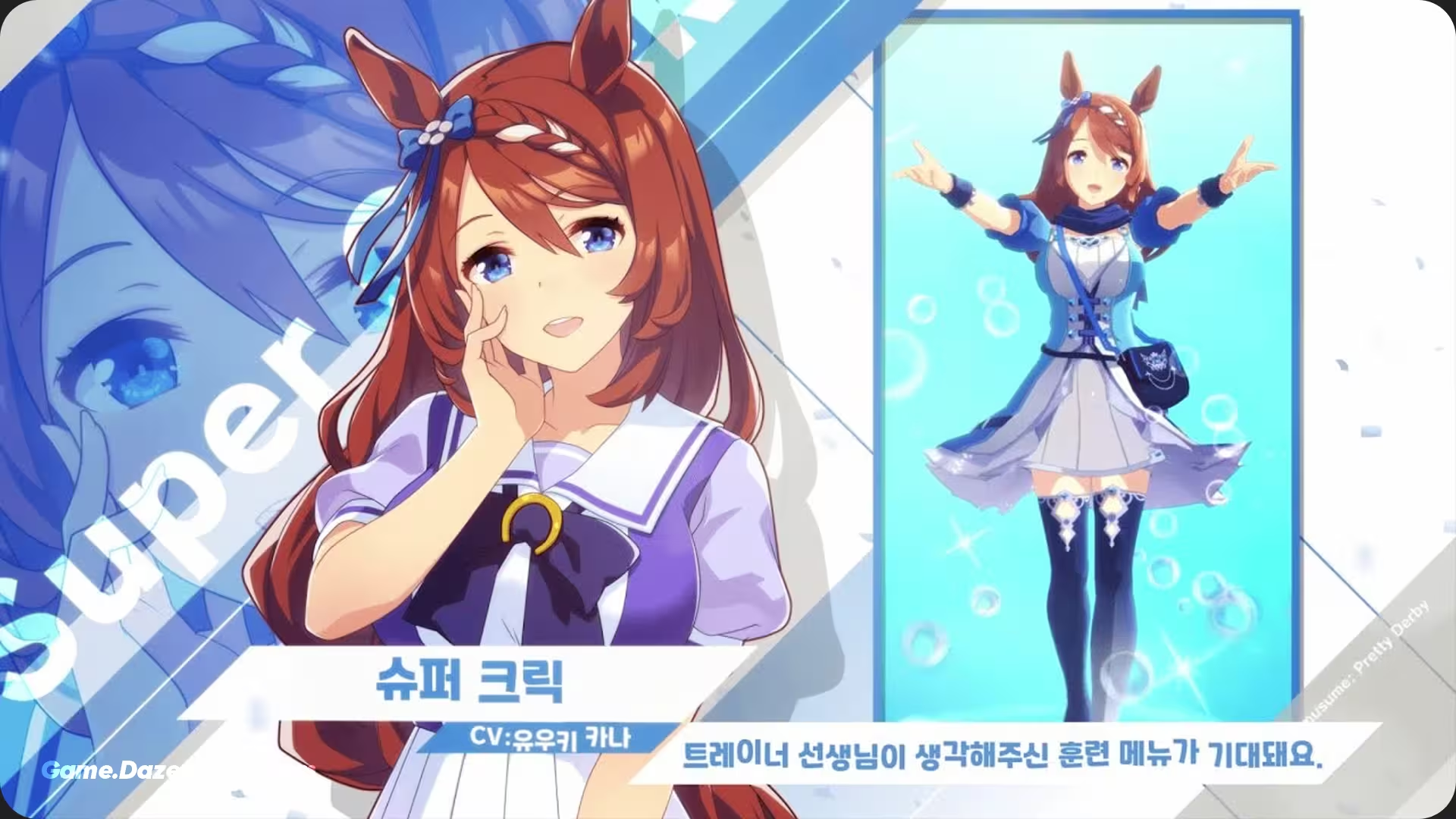
The Art of Inheritance: Building a Legacy
The Inheritance system is the true heart of Umamusume’s long term progression. This is where the game’s rogue-like nature shines, turning every completed training run win or lose into an investment for the future.
At the start of each run, you select two of your previously trained Umamusume to act as “Parents”. These Parents, along with their own Parents (the “Grandparents”), pass down a set of traits, called Factors, to your new trainee.
- Blue Factors: These are the most sought after, as they provide a direct boost to your base stats. The quality of the factor (1 to 3 stars) depends on how high the Parent’s corresponding stat was. To have a chance at a 3 star blue factor, a parent needs at least 600 in that stat, with the best odds coming at 1100+.
- Pink Factors: These improve your Umamusume’s Aptitude for a specific track, distance, or running style. Their most powerful use is upgrading a key Aptitude from rank A to S, which provides a massive performance boost.
- Green Factors: These pass down a weaker version of the Parent’s Unique Skill, giving you access to powerful abilities from other characters.
- White Factors: These can either be Skill Factors, which give you a discount on learning specific skills, or Race Factors, which are gained by winning specific G1 races and provide minor stat boosts.
The success of inheritance heavily depends on Compatibility between the Parents and the child, indicated by a △, 〇, or ◎ symbol. Higher compatibility means more stats and better skills are passed down. This is determined by shared aptitudes and, most importantly, having parents and grandparents who have won the same G1 races. This leads to the ultimate endgame strategy: Parent Farming. Elite players don’t just train to win; they run training sessions with the specific goal of creating perfect Parents with 3 star factors and the right race victories to maximize compatibility for their next generation of champions.
Skills: The Winning Edge
If stats are the body of your champion, skills are her soul and strategy. A single skill activating at the right moment can completely turn the tide of a race. They are purchased with Skill Points (SP) earned from training and, most notably, from winning high level G1 races. You can get discounts of up to 40% on skills by triggering “Skill Hint” events from your Support Cards.
Among the hundreds of skills, some are so powerful they define the metagame. The most famous is Swinging Maestro, a golden recovery skill from the SSR Super Creek support card. For years, this skill was considered almost mandatory for any long distance runner, making the Super Creek card a must have for competitive players. This illustrates that choosing the right skills is just as important as building the right stats.
Champion Archetypes: Building for a Purpose
Different races demand different kinds of champions. Understanding the main character archetypes will help you optimize your training for a specific goal.
The Sprinter (Short Distance)
- Goal: Dominate races from 1000-1400m.
- Stat Priority: The strategy is to max out Speed and Power above all else. Speed is for the top end, and Power provides the explosive acceleration needed to get ahead early. Stamina and Guts are a very low priority.
- Key Skills: Anything that boosts initial acceleration, like Concentration, or speed on straightaways.
- Prime Example: Sakura Bakushin O.
The Miler/Medium Distance Runner
- Goal: Win the most common races, from 1600-2400m.
- Stat Priority: This is a balanced build. You need high Speed, but also significant Stamina to avoid gassing out and Power for overtaking opponents in the pack.
- Key Skills: Stamina recovery skills (like Swinging Maestro), skills that boost speed on corners, and skills specific to your running style are invaluable.
- Prime Examples: Special Week, Vodka.
The Long Distance Runner
- Goal: Conquer grueling races of 2500m and beyond.
- Stat Priority: Stamina is king here. Without at least 1000-1200 Stamina, victory is nearly impossible. Speed is your second priority, but only after your Stamina needs are met.
- Key Skills: Golden Stamina recovery skills are non negotiable.
- Prime Examples: Mejiro McQueen, Super Creek.
The Dirt Specialist
- Goal: Master races on dirt tracks.
- Stat Priority: Power is the most important stat on dirt, as it directly counteracts the acceleration penalty of the surface. Speed is still essential for winning.
- Key Skills: Any skill specifically designed for dirt tracks (e.g., Dirt Adept).
- Prime Examples: Haru Urara, Oguri Cap.
Gearing Up for PvP: The Champions Meeting
The ultimate test of a trainer’s skill is the Champions Meeting (CM), the game’s monthly PvP event. Here, players compete on a very specific track with fixed conditions (distance, weather, etc.) that are announced a month in advance.
Success in the CM requires you to engineer a team of three Umamusume who are perfectly optimized for that one, single race. A champion sprinter who dominates on a sunny Tokyo track will be useless on a snowy, heavy track in Nakayama.
This means using targeted inheritance to get an S-Rank Aptitude for that specific distance, farming Parents who have won on that exact track to inherit track specific skills (like Nakayama Racecourse ○), and choosing acceleration skills that activate at the most optimal moments for that track’s unique geometry.
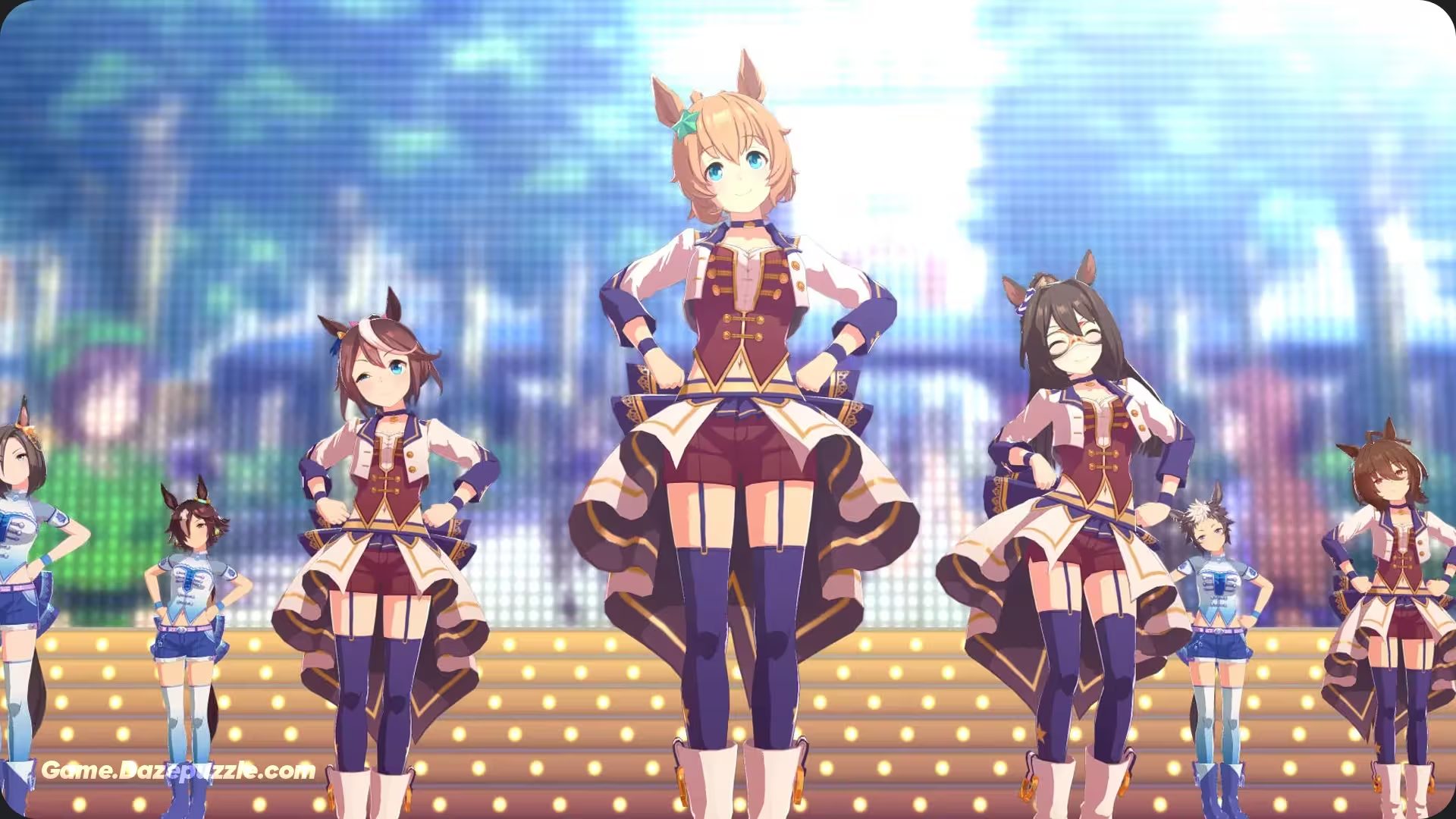
A competitive CM team often consists of three strategic roles:
- The Ace: Your primary win condition, built with the highest possible stats and the best skills.
- The Debuffer: A character like Nice Nature, loaded with red skills to slow down the opponent’s key runners and clear a path for your ace.
- The Pace Setter: A front runner whose job is to disrupt the race’s rhythm, often by setting a blistering early pace to drain the stamina of the opponent’s team.
Conclusion: A Race That Never Ends
Umamusume: Pretty Derby is far more than it appears. It is a deep and layered simulator that rewards patience, strategic planning, and a genuine understanding of its complex mechanics. The path to success begins by embracing the game’s core loop: Train, Race, Inherit, Repeat. Every training run, win or lose, is an investment in your future, a single brick in the foundation of your champion dynasty.
Mastering this game requires a shift in mindset from trying to win a single race to trying to build a lasting legacy. You must learn to manage your resources with maximum efficiency, understand that your Support Cards are the engine of your progress, and see the Inheritance system as the genetic map to your future champions. The race to become the best trainer is never truly over, and there is always a new peak to conquer. Good luck, Trainer. Your journey to the Hall of Fame starts now.
Umamusume: Pretty Derby Steam Page
Thanks for keeping up with Game.Dazepuzzle.com

